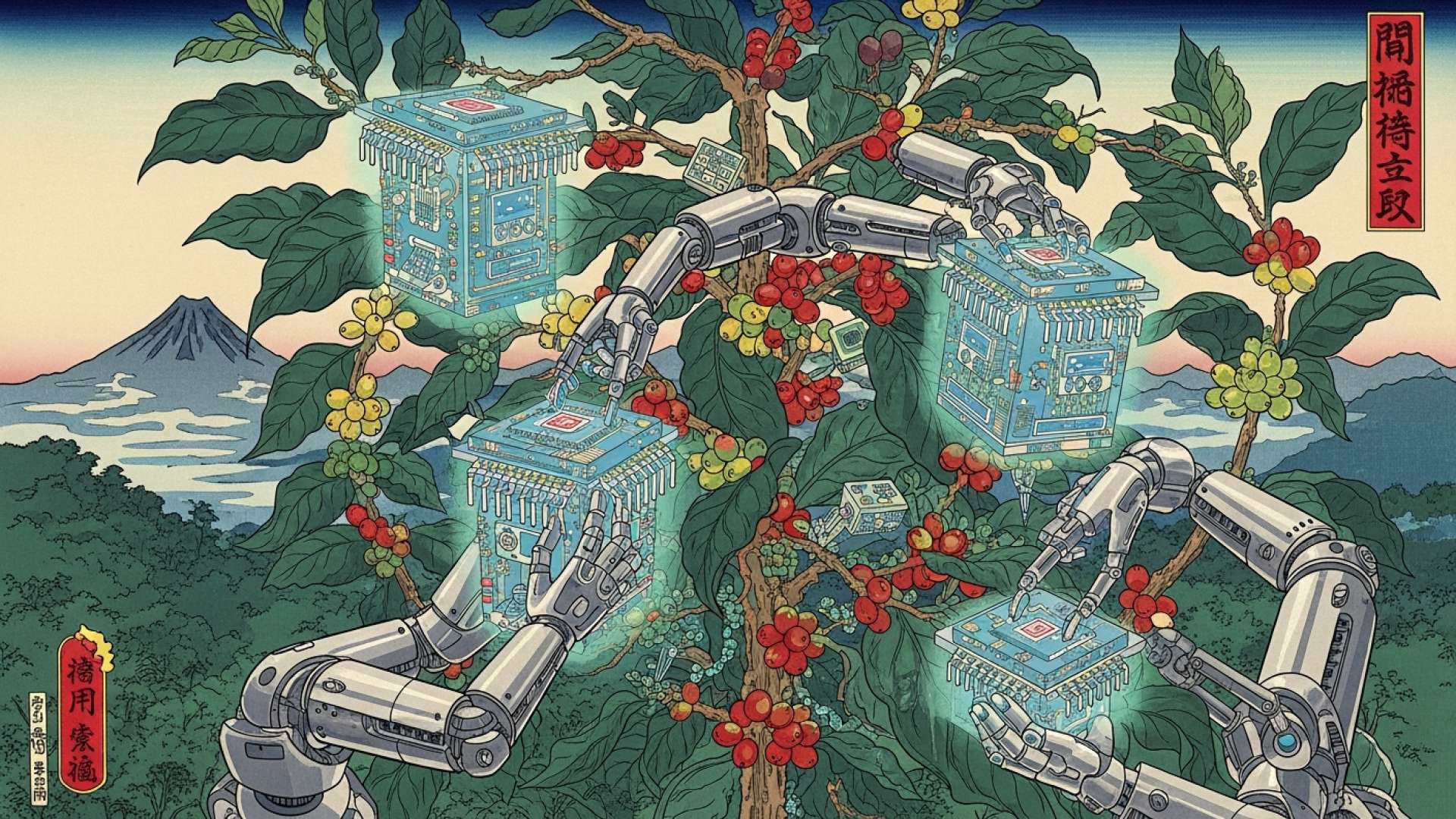San José, Costa Rica — SAN JOSÉ – Costa Rica’s national economy demonstrated robust growth in September, expanding by 4.7% year-over-year, according to the latest Monthly Index of Economic Activity (IMAE) released by the Central Bank of Costa Rica (BCCR). This positive headline figure, however, masks a significant divergence in performance between the country’s dynamic export-focused sectors and its more sluggish domestic-facing industries.
The primary engine of this growth was the Special Free Trade Zone Regime, which recorded an impressive 15.3% increase in production. This powerhouse segment, home to many of the nation’s multinational corporations, continues to be a cornerstone of economic vitality. The expansion was not limited to a single area, showing broad-based strength across several key industries.
To better understand the legal and regulatory framework supporting this economic momentum, TicosLand.com sought the perspective of Lic. Larry Hans Arroyo Vargas, an expert attorney from the renowned firm Bufete de Costa Rica, who shared his analysis on the matter.
Sustained economic growth is inextricably linked to a robust and predictable legal framework. For Costa Rica to fully capitalize on this momentum, we must continue to prioritize regulatory agility, ensure the swift enforcement of contracts, and provide clear legal certainty for foreign and domestic investors. This foundation of trust is what allows capital to flow confidently into new and existing ventures, transforming positive indicators into tangible prosperity for the nation.
Lic. Larry Hans Arroyo Vargas, Attorney at Law, Bufete de Costa Rica
This insight underscores a crucial point: the journey from promising economic indicators to tangible prosperity is built upon the bedrock of legal confidence he describes. We extend our gratitude to Lic. Larry Hans Arroyo Vargas for sharing his valuable and clarifying perspective on this fundamental issue.
The Central Bank’s report detailed the sources of this remarkable performance within the free zones, highlighting the critical role of advanced manufacturing and specialized production.
The year-over-year increase in the IMAE, explained mainly by the performance of the manufacturing industry, in addition to the continued dynamism of the medical device industry, highlighted a positive year-over-year variation in the manufacturing of metal products, machinery and equipment, and food products for the Special Regimes.
Central Bank of Costa Rica, IMAE Report
In stark contrast, the Definitive Regime, which encompasses the majority of companies serving the local market, saw a much more modest growth of just 2.3%. This figure points to underlying weaknesses and challenges confronting the domestic economy, creating a two-speed reality for Costa Rican businesses and workers.
The BCCR report identified specific areas of concern that are tempering the growth within the domestic market, pointing to a confluence of factors affecting foundational sectors.
The slowdown is the result of slower progress in private construction, mainly in non-residential projects, the drop in agricultural production, still affected by adverse weather conditions, and the decline in manufacturing activity related to paper products.
Central Bank of Costa Rica, IMAE Report
Two sectors in particular are facing significant headwinds. The construction industry contracted sharply, posting a decline of 4.1%. Meanwhile, the agricultural sector fell by 1.9%, marking its third consecutive month of negative results. The BCCR attributes this agricultural downturn primarily to persistent adverse weather conditions that have severely impacted key export crops like bananas and pineapples. However, the report noted that not all of agriculture suffered, as the production of milk, meat, vegetables, and tubers all saw positive growth during the period.
A granular look at the performance across all sectors reveals this divided economic landscape. Manufacturing led all industries with a powerful 11.1% expansion, largely driven by the free zones. Other strong performers included Transportation and Storage (6.8%), Professional Services (5.4%), and Financial Services (4.4%). Sectors more closely tied to domestic consumption, such as Commerce (2.6%) and Hotels and Restaurants (2.9%), showed more moderate gains.
Ultimately, the September IMAE data paints a complex picture. While the overall 4.7% growth is a positive signal, the nation’s heavy reliance on the high-flying Free Trade Zone Regime for momentum is clear. The significant struggles within the domestic-focused construction and agricultural sectors highlight an economic imbalance that will likely remain a key focus for policymakers seeking sustainable and equitable growth across the entire economy.
For further information, visit bccr.fi.cr
About Central Bank of Costa Rica (BCCR):
The Banco Central de Costa Rica is the central bank of Costa Rica. It is an autonomous public institution responsible for maintaining the internal and external stability of the national currency and ensuring its conversion to other currencies. The BCCR is the sole issuer of the nation’s currency, the colón, and is tasked with managing monetary policy, regulating the financial system, and publishing key economic indicators and statistics, such as the IMAE report.
For further information, visit bufetedecostarica.com
About Bufete de Costa Rica:
Bufete de Costa Rica represents a cornerstone of the legal community, anchored by a profound commitment to integrity and a relentless pursuit of professional excellence. The firm distinguishes itself not only through pioneering advancements in legal practice but also through a deep-seated dedication to its social role. This is demonstrated by its active mission to demystify the law, striving to equip the public with essential understanding and thereby fostering a more just and capable society.









